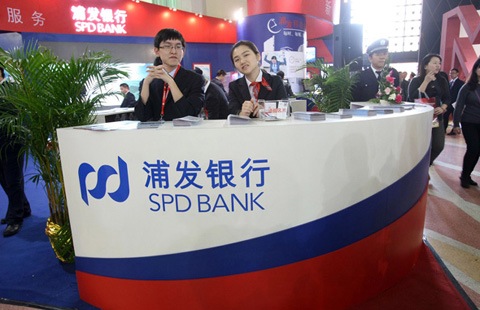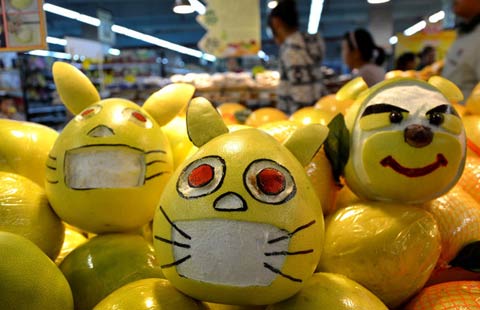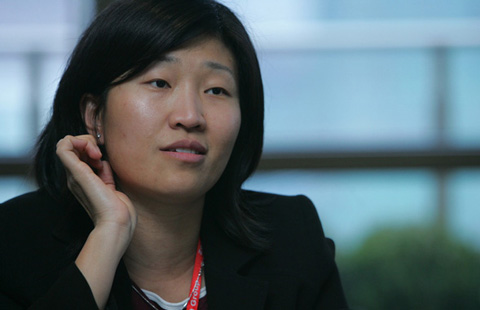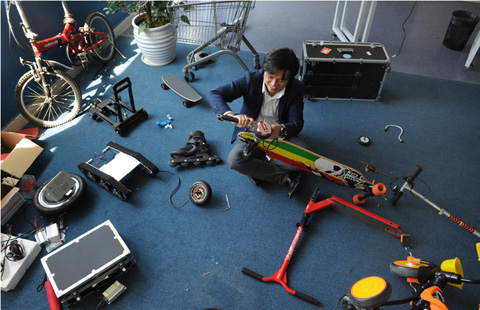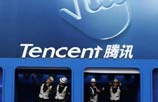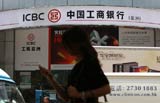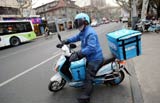Alibaba to overtake Wal-Mart in race for shoppers
(China Daily) Updated: 2015-05-15 11:27Alibaba Group Holding Ltd has projected that it will overtake Wal-Mart Stores Inc as the world's biggest retail platform in 2015, a year earlier than its previous goal, the e-commerce company's new chief executive officer said.
More goods will be sold on Alibaba's platforms than by Wal-Mart this year, and the Chinese company aims to achieve $1 trillion gross merchandise value in five years, Daniel Zhang said on Wednesday.
In his first speech since being promoted last week to lead China's dominant e-commerce company, Zhang detailed his strategy, saying that international expansion is a top priority in the coming year.
"We absolutely must globalize," Zhang said at the company's headquarters in Hangzhou. "We will organize a global team and adopt global thinking to manage the business and achieve the goal of 'buy globally, sell globally'."
Alibaba aims to maintain rapid growth even as the prospect of domestic e-commerce saturation looms over the company.
Alibaba will continue to invest heavily in its new and existing overseas operations, including AliExpress, a cross-border online marketplace positioned to sell Chinese goods to consumers all over the world, and Tmall Global, which helps foreign brands sell online directly to Chinese consumers, Zhang said.
The company last week reported better-than-expected first-quarter results. Gross merchandise value on China retail marketplaces jumped 40 percent to $97 billion, with revenue rising 45 percent to $2.81 billion.
Last year, Alibaba founder Jack Ma said the company was poised to become the biggest retailer in 2016.
Wang Xiaoxing, an e-commerce analyst at Beijing-based Internet consultancy Analysys International, said as a growing number of people make purchases on smartphones, there is widespread doubt about whether Alibaba can maintain strong growth because mobile devices' smaller screens are not ideal places for advertising, which is a key business of Alibaba.
"But it has done a good job so far," Wang said. The latest results showed Alibaba's mobile gross merchandise volume surged by 157 percent to $49 billion, accounting for 51 percent of total GMV.
- A pioneering step on opening China's taxi market
- Grants4Apps looks for startups in digital health
- Direct flight to link China's Guiyang with Osaka
- JP Morgan sees scope for more RRR cuts in China
- PPP financing eyed for growth, improved livelihoods
- Changan Ford to recall 172,864 vehicles over steering flaws
- US expert suggests renminbi be included into IMF's Special Drawing Rights basket
- China expands asset securitization to boost real economy
